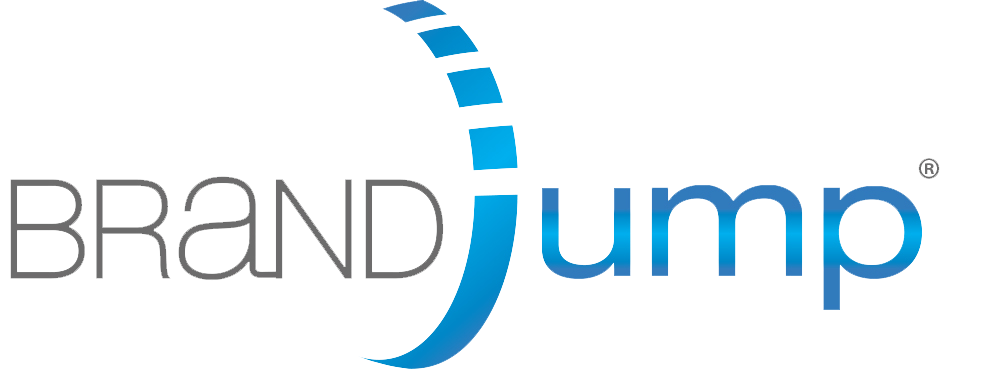Technologies to Boost Your Ecommerce Strategy

To realize its full potential, an effective ecommerce strategy not only requires a strong team with streamlined processes in place but also best-in-class technologies. Whether you’re newly launching with a limited product offering, or you have an advanced and robust ecommerce program, there are front-end and back-end considerations that can help manufacturers manage and simplify many of the moving parts.
Transaction and Operation Management
The online transactional process is complex and varies greatly by internet retailer. Regardless of the process, without technology, the required steps can be quite manual and cumbersome. Orders must be entered (from an email or a portal), order acknowledgments must be sent, products must be shipped, invoices must be sent, tracking info needs to be updated and so much more.
Fortunately, EDI (Electronic Data Interchange) can help streamline this process. Companies like SPS Commerce and DI Central, depending on a manufacturer’s level of investment and integration, can take most, if not all of these manual steps out. Inventory feeds can be automated, orders can be entered, and invoices can be generated. For businesses with high-volume orders, EDI is a must-have.
Merchandising Execution
The Home Furnishings category is extremely SKU-heavy with highly configurable products, and varying options. Compounding the assortment complexities is that each internet retailer has a specific format they require brands to organize and upload their product information into. Without a tool that brings at least some degree of automation into the process, this can be a very laborious task – and if not done correctly – a brand’s products may be inaccurately displayed (or not at all).
To help automate this process, there are various PIM (Product Information Management) and DAM (Digital Asset Management) tools that store and distribute product information to retailers in their required formats. In fact, BrandJump’s own integrated PIM tool includes connectors that enable communication between BrandJump and portal-based retailers via an API.
MAP Pricing Control
Even though it is one of the more difficult aspects of an ecommerce program to control, having a MAP (Minimally Advertised Price) policy in place is critical, as it allows retailers to maintain healthy margins and levels the playing field across all channels of distribution.
In the past, retailers used a fairly manual process to set pricing for products online, but now more sophisticated and dynamic pricing tools automatically update pricing based on what is happening in the market. From a manufacturer’s perspective, software is now needed to both track those changes and enforce their MAP Pricing Policies.
Effective software—such as BrandJump’s MAP Pricing software—gives pricing visibility across the entire channel, allows for automated violation management, and also helps to identify rogue sellers.
Content Creation and Curation
Search Engine Optimization (or SEO) is the practice of strategically managing online content to organically increase online search. By integrating keywords that closely align with what consumers are searching for into product pages, it increases the likelihood of products appearing higher in search rankings and therefore increases overall page traffic.
Keyword planners such as SEMRush are used to both generate and analyze content that is targeted to a specified audience and helps identify keywords that should be included in product titles, descriptions, bullets and marketing copy.
Maximizing the Reach of Marketing
To effectively drive sales and profitability, it’s important to have a robust marketing calendar to generate the right exposure through the right channels at the right time.
If proactively managed, the coordination and organization required to properly run a promotional calendar across multiple retailers can be quite daunting. That’s why it’s important to utilize tools that will give transparency into the events that are being planned by retailers, to maximize brand visibility and minimize conflict and overlap in events.
BrandJump’s Client Portal provides a quick, top-down view of the whole ecommerce marketing calendar in a single place, providing insight into brand wide events, retailer driven events, and the terms by which they are buying.
Customer Engagement
On many ecommerce platforms, the end consumer has the opportunity to engage with both the manufacturer and retailer, by way of Q&A and Customer Reviews. Numerous studies show that product conversion is far higher with not only multiple product questions and reviews present, but also when the manufacturer actually engages and responds. Tools like Bazaarvoice can act as an aggregator and will boost response time by consolidating inquiries and other user-generated content.
Effectively working technology into an ecommerce strategy won’t only improve efficiency, it will also drive top-line performance. Used together with a strong partner to execute, a manufacturer will set itself up for the highest probability of driving profitable online volume.
